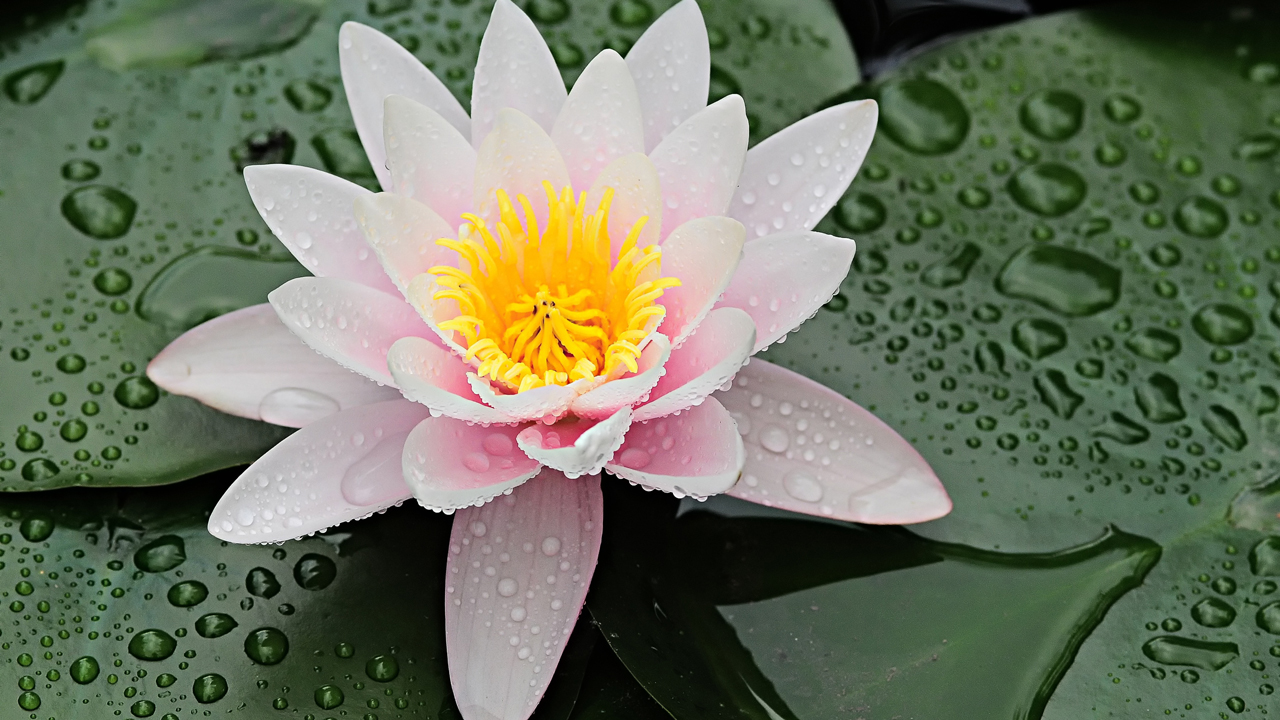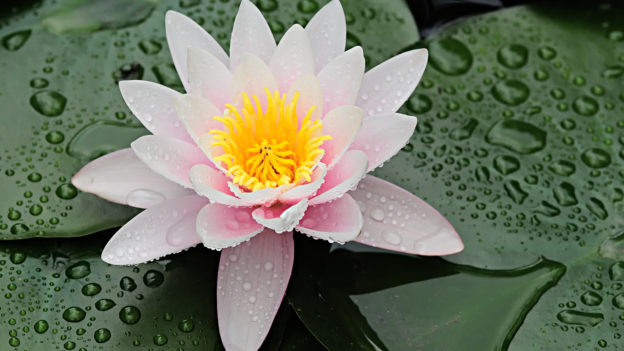
Water features, like a garden pond or small pond, in your backyard already create a magical atmosphere. Imagine what it can do if you add colorful waterlilies into the mix.
If you don’t have any ideas as to how to go about it, don’t worry. We’ve laid out five easy steps just for you! But before that, let’s discuss the benefits of adding aquatic plants to backyard ponds.
Benefits of Adding Aquatic Plants To Backyard Ponds
Vegetation in your garden pond is essential for aesthetic and practical reasons. Known as aquatic plants, they help liven up the environment while keeping the water clean and aerated. They may also offer partial shade for the fish, serve as food, and manage algae growth.
Steps To Growing Water Lilies For Your Outdoor Water Pond
Now that we know why adding plants to your outdoor water pond is so important, let’s go through the five steps of planting color water lilies.
Step 1: Pick Your Container
You can choose a container with or without drain holes; it’s your choice. What’s important is that it’s shallow and spacious, roughly eighteen inches wide and ten inches deep. If you choose to get one with drainage holes, make sure the container is lined with burlap. That keeps the soil in and the pond water clear.
Step 2: Get Heavy Bagged Soil
Instead of light potting soil that can easily escape your pot, use heavy-bagged soil specifically for use in the garden. Avoid using soil mixed with materials like peat moss, vermiculite, or perlite. Use aquatic fertilizer pellets instead to enhance the soil. Simply push the pellets into the soil before you plant.
Step 3: Clean Your Water Lilies
Examine the tubers and remove old leaves and roots before planting to ensure they develop new roots, leaves, stems, and flowers. Only newly formed leaves, buds, and younger roots should be left behind.
Step 4: Add Tubers and Grave
Remember that tubers should be planted with their growing tips pointed up at a 45-degree angle, facing the center of the pot. They should also be placed around the sides of the pot to give them ample space. Then, prevent soil from leaving the pot by covering it with gravel. You can either use tiny stones or pea gravel.
Step 5: Place The Plant In Your Backyard Pond
Lower the plant while still in its container at a slant into the pond so excess air can escape. Have the pot’s bottom at a depth of 12 to 18 inches. All the leaves will rise to the top and float there. If the pond is deeper than 18 inches and there are no ledges for it to rest on, you will need to use rocks to keep the container at the ideal depth.
Hire Professionals To Install Water Gardens, Your Pond Liner, And More
While planting lilies for your water garden is easy enough to do all on your own, there may be other, more complicated water features like waterfalls that you would need help with. Whether it’s your garden’s very first pond or your next koi pond that you want, we’re sure that we can help.
To get a free quote and get the best deals on landscaping services, contact OC Pond Service at 949-653-2305 today!
